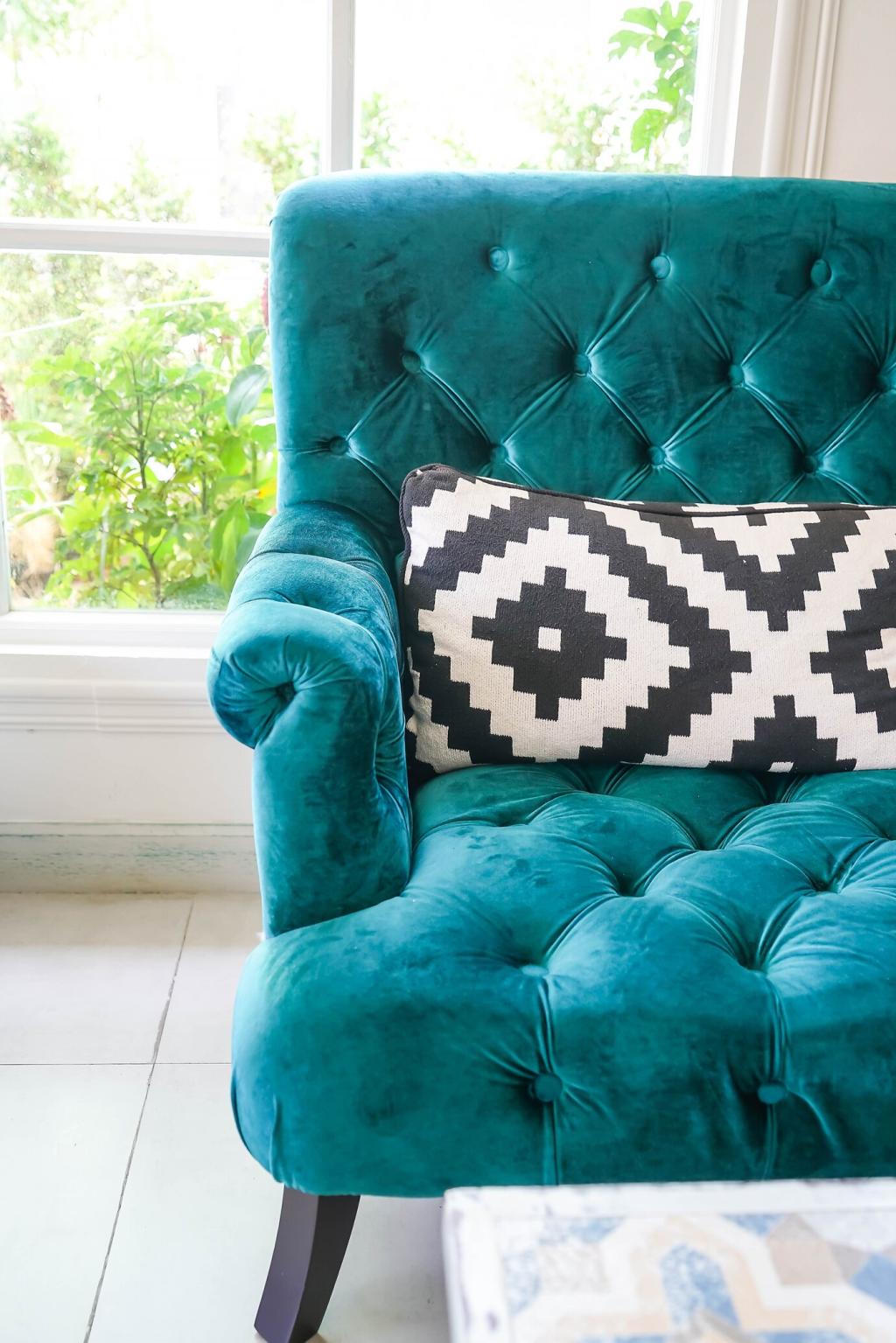
Theme Selected: Traditional Soft Furniture in Asian Cultures
Step into a world of floor cushions, futons, kapok pillows, and heirloom bolsters that shaped daily life across Asia. We’ll explore craft, ritual, comfort, and memory through the soft furnishings that carried families, ceremonies, and stories—then invite you to share your own traditions and subscribe for more cultural deep dives.
Japan: Zabuton, Zafu, and the Art of Sitting
Japanese homes embraced floor life through zabuton cushions and zafu meditation seats, supporting seiza posture during tea ceremonies and quiet meals. Futons unfurled nightly on tatami, then folded and aired in morning light. Share your experiences sitting low—does it change your focus, breath, or sense of closeness?
South and Central Asia: Gaddi, Masnad, and Toshak
In India and beyond, thick cotton gaddi mattresses and masnad bolsters anchor diwans, making rooms ready for conversation, poetry, and afternoon naps. Across Central Asia, toshak mattresses define welcoming corners for tea and storytelling. Tell us about a family lounge spot that felt like a warm embrace.
Materials and Craft Traditions
Kapok, Cotton, and Silk: Nature’s Comfort
Kapok’s buoyant fiber keeps pillows breathable in humid climates, while hand-carded cotton gives gaddi and futons their forgiving density. Silk brocades and sturdy cottons lend elegance and durability. Which materials feel best in your climate? Share tips and subscribe for upcoming material guides.
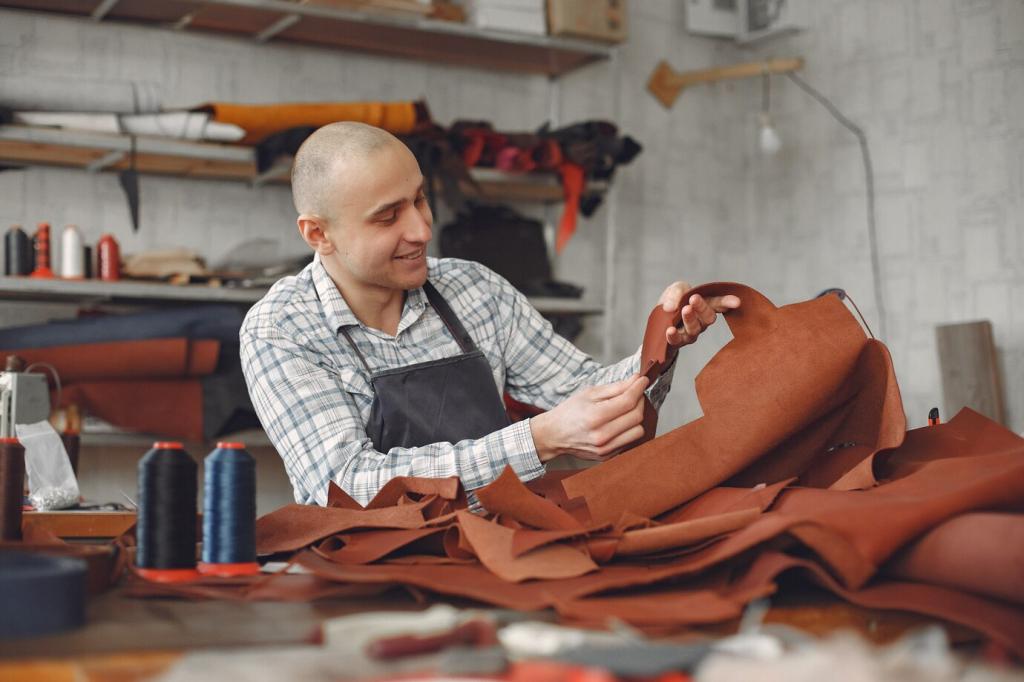
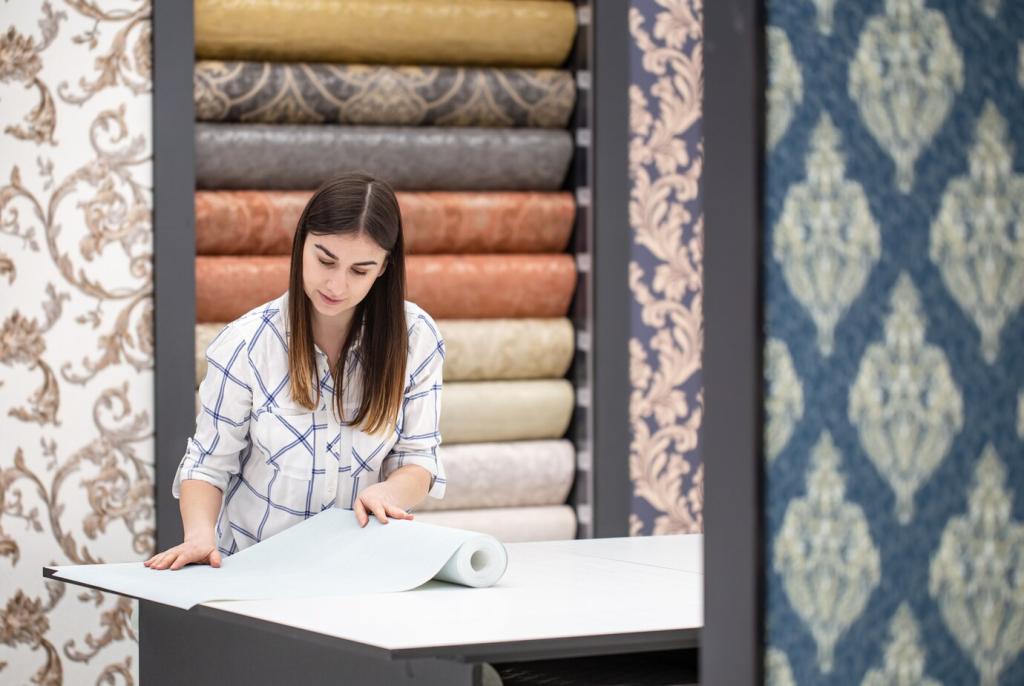
Dyeing and Weaving: Color with Meaning
Indigo vats, resist-dye techniques, and regional weaves—ikat, jamdani, brocade—turn covers into cultural canvases. Patterns signal lineage, geography, or festive moments. If a motif from childhood still lives on a cushion at home, tell us its story and what it means to you.
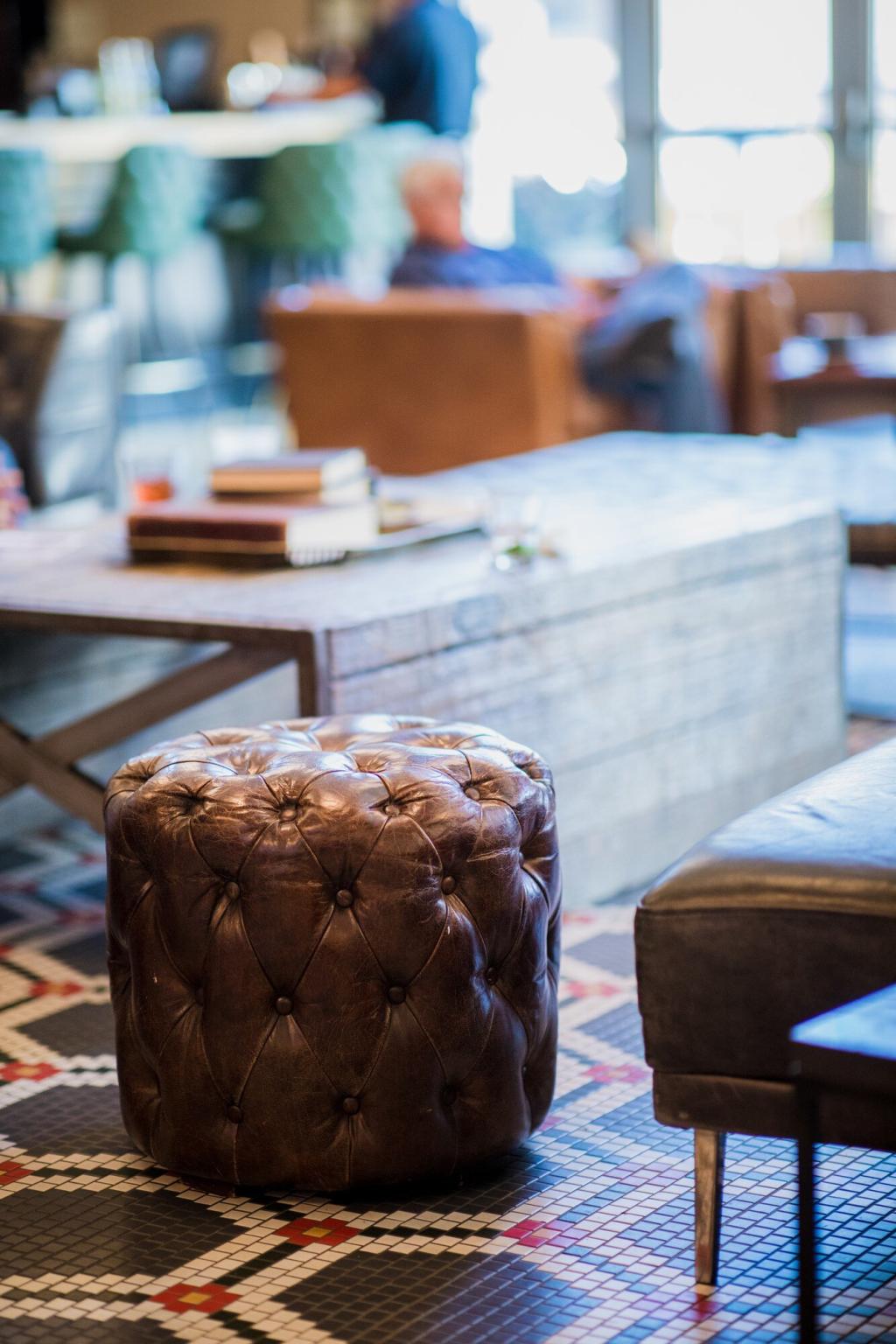
Tea, Zazen, and Quiet Formality
A zabuton under the knees can transform stillness into solace, easing joints during zazen or tea gatherings. The low posture invites humility and attention to detail. Have you noticed conversations becoming gentler on the floor? Share your reflections and subscribe for mindful seating practices.

Hospitality on the Dastarkhwan
Across South and Central Asia, a laid-out dastarkhwan with cushions draws people into circles where bread is torn and stories exchanged. The floor narrows social distance, inviting laughter and patience. Tell us your favorite shared meal memory and how seating shaped the mood.
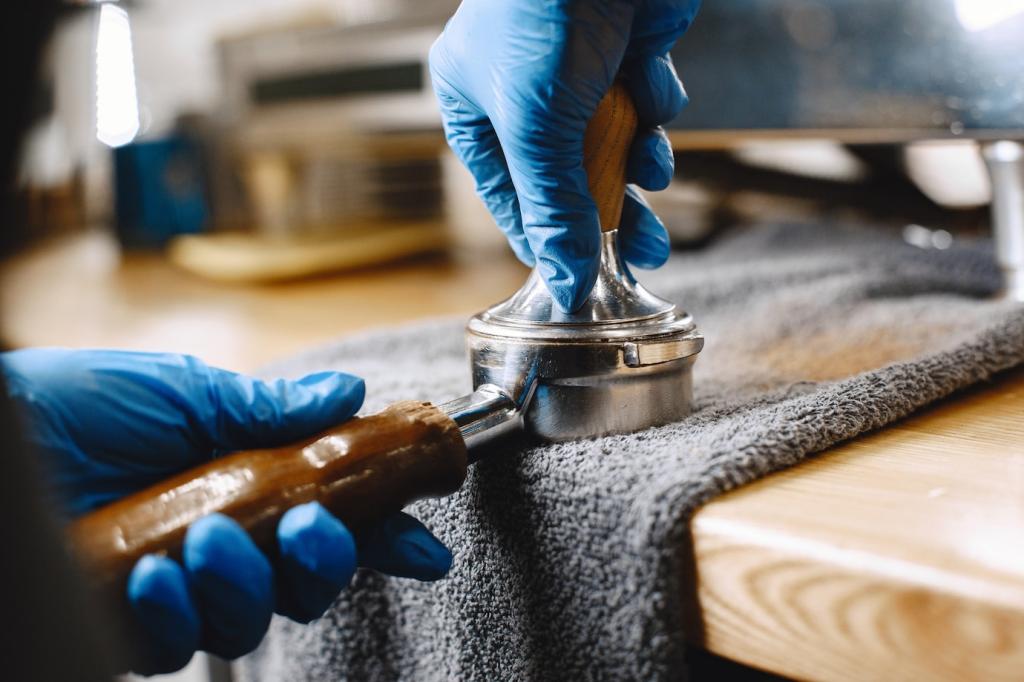
Story: Grandmother’s Masnad in Old Hyderabad
Every evening, our grandmother propped a marigold silk masnad behind her, the cotton slightly lopsided from decades of poetry readings. Guests knew the corner by its faint attar scent. What heirloom cushion anchors your memories? Post a photo and subscribe for our reader showcase.

Caring for Soft Furniture the Traditional Way
From Tokyo balconies to Delhi rooftops, futons and gaddi are sunned, aired, and gently beaten to redistribute filling. Morning light freshens fibers and discourages mites. What’s your airing routine? Share tips, and follow us for a seasonal care calendar you can print.
Caring for Soft Furniture the Traditional Way
Removable covers catch spills, preserving the precious filling within. A repaired seam carries family history more proudly than a brand-new purchase. Do you mend visibly or invisibly? Post your approach and help others choose durable, meaningful fabrics.
Bringing Tradition Home Today
01
Start with a breathable rug, add a foldable mat, and finish with mixed-height cushions for knees and hips. One reading light transforms a corner into sanctuary. Share your layout sketches, and we’ll feature inspiring reader setups in future posts.
02
Futons and kapok daybeds vanish into tidy stacks, freeing space for work, yoga, or hosting. Storage straps and breathable bags prevent mildew. What’s your best space-saving trick? Comment below and subscribe for minimalist floor-living checklists.
03
Which tradition spoke to you—zabuton calm, dastarkhwan warmth, or kapok versatility? Share memories, ask questions, and suggest regions to explore next. Subscribe for interviews with artisans and detailed guides to sourcing, caring, and sitting well.
